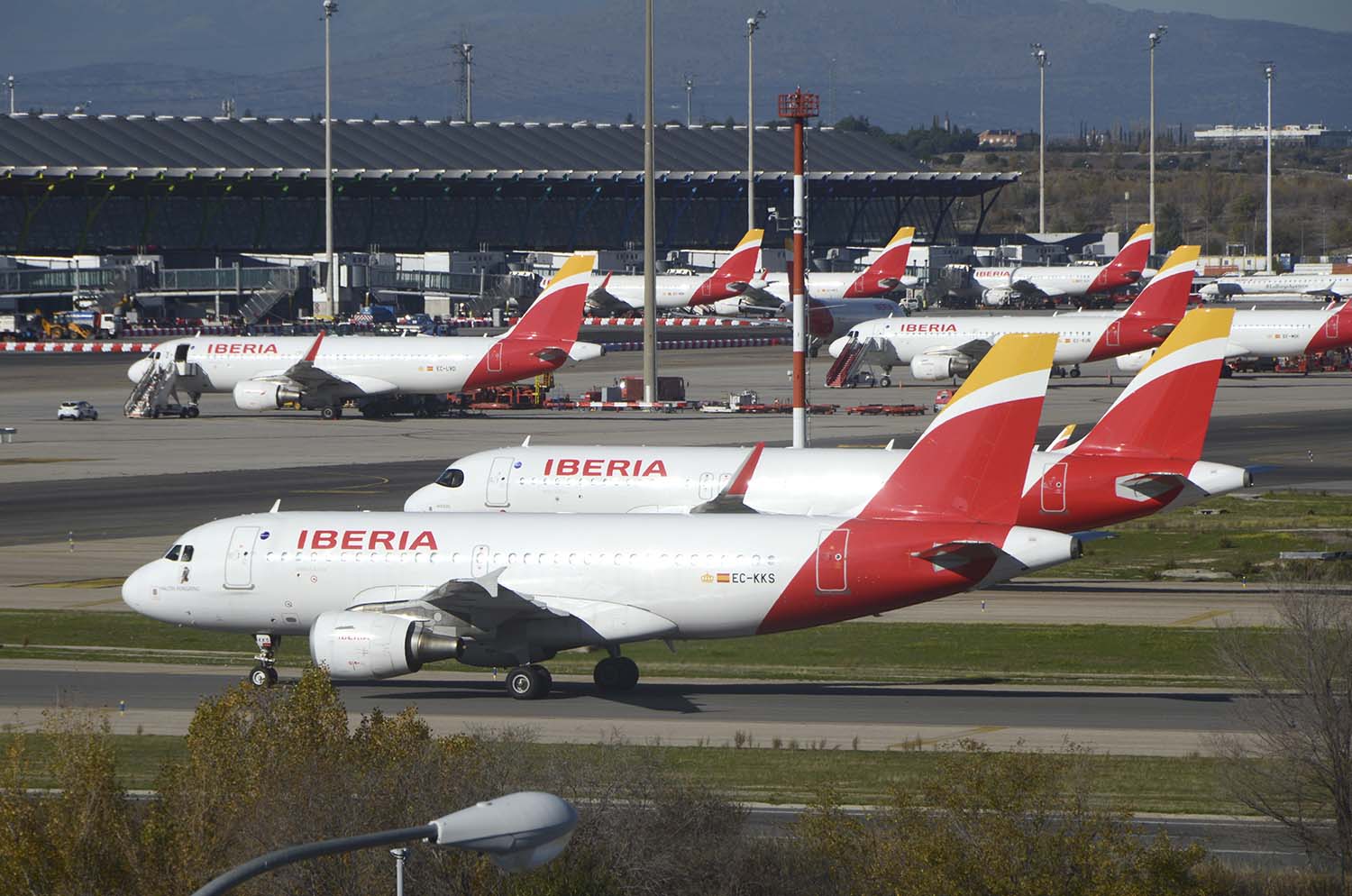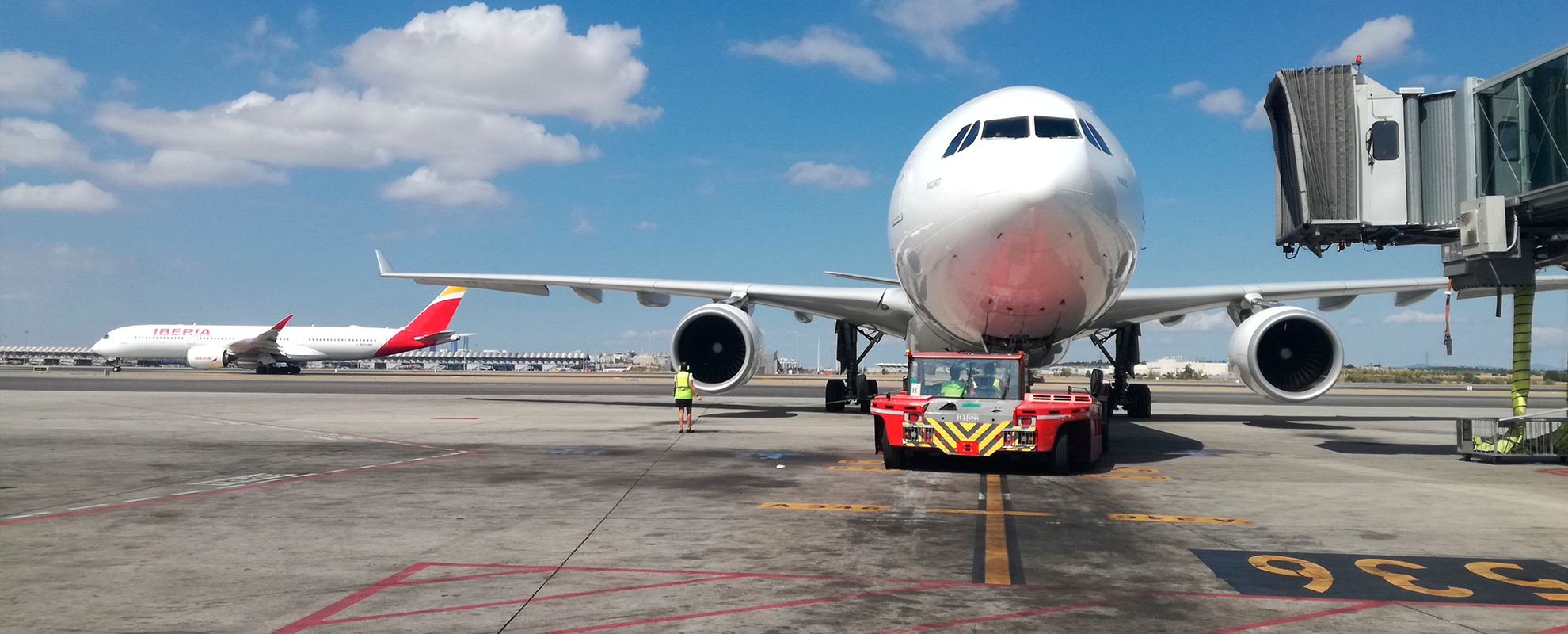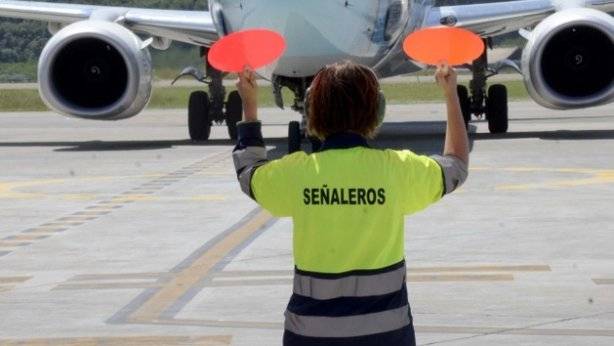When we think about air travel, the first friendly faces we meet on a flight are often flight attendants (aka flight stewards). Many people believe their job is just about serving food and drinks with a smile. But in reality, their responsibilities go far beyond that. Trained to handle multiple duties at 30,000 feet, these professionals ensure passengers are safe, comfortable, and well-informed during the flight. If you're considering a career in this exciting field, the Air Hostess/ Flight Stew
aviation (32)
Pursuing a career in hospitality has always held a unique allure, but in today’s global economy, it offers more opportunities than ever before. Whether you're interested in luxury resorts, fine dining, or the aviation industry, studying hotel management can open doors to exciting and diverse roles around the world. If you're contemplating a career that offers both stability and global prospects, enrolling in a reputed Hotel Management college in Udaipur might be your first step toward a promisin
Seniors can enjoy travel as a way to explore new places, visit loved ones, or simply relax. However, it can also present its own set of challenges but still traveling is good therapy for seniors. You can stay young in spirit by traveling. Ofertas de vuelos para personas mayores make it happier and easier than ever to travel for seniors.
Choosing Senior-Friendly Airlines
One of the first steps in planning a trip is selecting an airline. There is no such thing as a perfect airline, particularly w
 FG Trade
FG Trade
by David Lanzas
One of the key causes of anxiety and stress for fearful flyers is their perceived lack of control. This in turn can make them avoid air travel – limiting their lives considerably – and if they do get on a plane, cause them suffering.
While it’s true that as passengers we have no control over the flight itself (fortunately), this doesn’t mean that there’s nothing anxious flyers can do to feel that they do have some control over the situation. And here are five simple way
The cockpits of old – with a bewildering multiplicity of levers, buttons and analogue displays – are long gone, phased out beginning in the 1980s in favour of digitised systems known as EFIS, comprising a bewildering multiplicity of liquid-crystal displays along with and joysticks and soft keys to manipulate them.
The EFIS Revolution in Aerial Navigation
This revolution was essentially threefold. First was cockpit design, of course. Second, it changed the way pilots and co-pilots worked
Rathke
A few of you may have had the privilege of visiting the flight deck of a commercial airliner, and found yourself fascinated by the myriad levers, buttons, and other mechanisms surrounding the captain and co-pilot. After seeing that instrument panel, have you ever wondered what kind of training a pilot has? Of course, they must have a flight license, but how do you study for it? How long does it take? Are there other requirements along with flight training itself? Here's a quick explanat
by Jorge de Luis Sierra
For aviation watchers, when it comes to annual industry expos late July's Farnborough International Airshow in the United Kingdom is probably tops, especially in terms of trades and commercial agreements between the major airlines and aircraft manufacturers: aerospace, defence, sustainability, innovation, and advance air mobility are also showcased at this event, which is well known because of its great impact on the aviation sector.
Another highly influential annual ex
by guest blogger Puri Ruiz
Much has been written about this small device that all commercial aircraft have been incorporating for more than half a century. And little wonder: "black box" flight recorders are essential in order to identify the causes of an accident.
We know, thanks to ironclad statistics, that the airplane is the safest means of transportation, but several decades ago there was a model of aircraft, the Comet, whose accident rate was well outside of normal range. It was the earl
Admittedly, inflight dining has not gotten a lot of love over much of the course of commercial aviation's history. Actually, early in that history, in the 1930s, multi-course meals were cooked onboard. However, as the postwar demand for flights took off in the 1950’s and 60’s and aircraft sizes (and therefore passenger numbers on each flight) grew, this soon proved impractical, and the complexity of cooking for hundreds of passengers in a tight space within a limited time frame prompted airl
Airline flights in much of the world are organised through a system called "hub-and-spoke," invented by U.S. airline Delta in 1955; made widespread in the USA after that country's deregulation of the airline industry in 1978; and commonplace in Europe as well since the European Union finally eliminated the last of its own air-industry restrictions in 1997. The model is named after the basic design of a traditional wheel, where the "hub" is a central airport and the spokes are the flights comin
In today’s commercial passenger aviation, understandably it’s the aircraft that get top billing and most of the attention. But the airport systems that make their operation possible include a complex array of equipment, much of which is unglamorous and goes largely unnoticed by the flying public. And one of the key contraptions along these lines is a low-slung vehicle called a pushback tug or tractor.
As the name implies, this doughty workhorse of the tarmac goes into action when it’s time to
At some point when you're approaching your plane you've surely wondered to yourself why the wings are curved, no? This design feature is called a winglet (also known as a wingtip device), and it's there not just to look cool but for an important purpose: to maximise aerodynamic efficiency. Interested in learning more? Read on!
If you're an aviation geek, you know that airplanes stay in the air thanks to the interaction of four types of physical phenomena:
Thrust - that related to the tractio
Fear of ‘C’ (China/Covid/Corona) virus. Ask, do I want to be in a crowded airport, take a flight wearing a mask, be in another crowded airport, perhaps in a country with lesser health controls, stay at an all-inclusive resort, line up at food buffets, join a tour bus with another 30+people, board a gigantic cruise ship with 1000’s of other travellers, land at ports for more crowded tours, get on a train, stay in ginormous hotels or visit countries that do not have acceptable health, safety and s

by Javier Pedreira
Even with all the signs and signals on the roads and motorways, all of us have at one time or another gotten lost whilst driving. It would be natural to imagine, therefore, that in the vast expanse of the sky it would be quite easy to get lost without any signals for guidance. However, the fact is that there are indeed signals up there to rely upon.
Going back to the early days of aviation, it’s true that the intrepid pilots of the day did have to rely upon navigation by sigh
When we are about to travel by plane we conduct a several activities like approaching the check-in area, where a staff member expects us to handover a boarding card, and drop off our baggage. After passing through security checks, we reach at the boarding gate, where another staff member ensures that our boarding card is in proper order. In addition, another staff member takes us to the aircraft. In the intervening time, other employees have filled the aircraft with fuel, other workers have off
When fear of flying develops, it's sometimes because there has been a bad flight. But, in many cases, difficulty begins for no apparent reason. The average age of onset is 27. The truth is, many of us become more anxious as we get older and more mature. As teenagers, when parents told us to be careful, we thought they were from some other planet! We thought bad things happen to other people, or in places far away.
As we grow older and (hopefully) wiser – or as something shocking h
There are few avgeek treats quite as rare and wonderful as the chance to get up close and personal with restored, operational aircraft from the very earliest days of the history of manned flight, the early 20th century. That’s why a “living museum” in New York State’s Hudson Valley, extending from New York City north to the state capital Albany, has to count as one of aviation geekdom’s holiest nirvanas.
I grew up 20 minutes away from the Old Rhinebeck Aerodrome, located on a rural back roa
Today we hit the tarmac to learn more about the important role played by the ladies and gents you see outside your aircraft window gesticulating up a storm. They’re called marshallers(known as señaleros in Spanish), and besides guiding planes whilst they’re on the ground, these individuals perform other less well known functions as well, such as cooperating with other airport authorities to monitor various vital technical procedures, and providing assistance in case of an unusual incident of an
by José Miguel Rodriguez
Not long ago, this video went viral on YouTube, racking up more than 10 million views. Apart from the fact that the 1,200-millimetre telephoto lens thoroughly flattens both the foreground and background, making the airplanes seem suspended in midair, what on earth are these pilots up to? Specifically, what’s up with the bizarre landing technique
Believe it or not this technique is standard, by-the-book practice when there are strong lateral winds present during landing
There’s no doubt that landing a giant aircraft in fog is not among a pilot’s favourite things. Fortunately, many airports in the second decade of the 21st century are equipped with advanced instrument landing systems (ILS) sophisticated enough to avoid cancelling operations merely because of foggy conditions.
Pioneered as early as 1929, today’s ILS equipment allows an aircraft crew to perform a runway approach in low-visibility conditions – even in nearly zero-visibility if necessary – by keep





